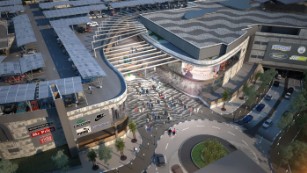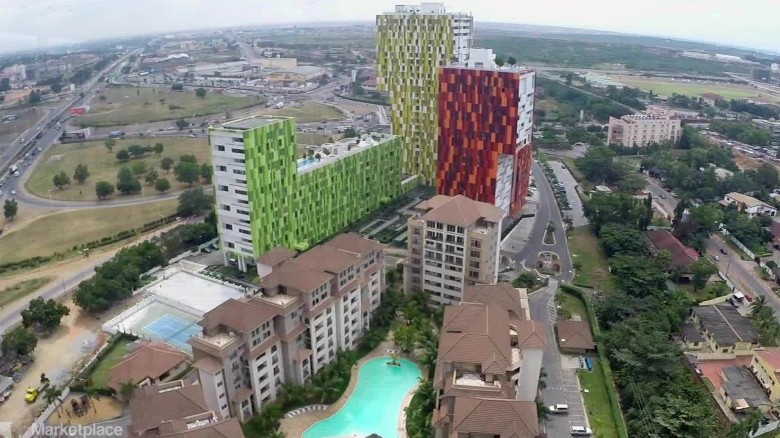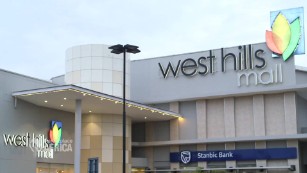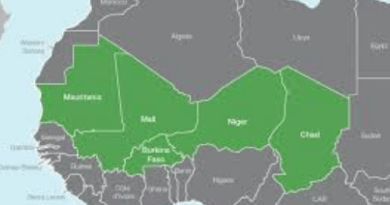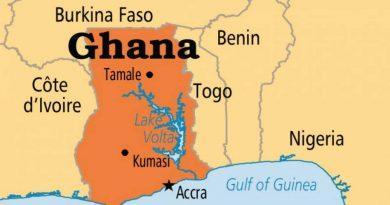Africa’s growing appetite for shopping malls
It’s one of the clearest expressions of the growing middle class in many African countries — a burgeoning demand for shopping malls, each more lavish than the one before.
Increasing local spending power and a boom in the number of expat workers in recent years have led investors to turn their attentions to the benefits of retail therapy.
From Nairobi to Johannesburg, major urban centers across the continent have seen a construction boom take hold — and the world of shopping is at the heart of it.
A homage to the continent
In Midrand, South Africa, a huge new mall is under construction between Johannesburg and Pretoria, with its design intended to pay homage to the characteristics of the continent.
The Mall of Africa, due to open in April 2016, will boast 131,000 square meters of retail space, with developers Aurecon saying it will be the largest African mall ever to have been built in one phase.
The four shopping courts at its heart will each be inspired by different parts of the continent, with their features intended to evoke distinctive African climatic zones.
And with retailers including a mixture of South African and international firms — Edgars, Woolworths, Truworths, Checkers, Ster-Kinekor and Game among them — the Mall of Africa will be the latest big hitter in a growing list.
Dolphins in Nairobi
Later this year, the biggest mall in East Africa will throw open its doors and provide a new experience for shoppers in Nairobi.
The Two Rivers development, located between some of the city’s most increasingly affluent areas, will have 62,000 square meters of retail space and its very own water park area, complete with dolphins.
Its key tenants will include Austrian jewelers Swarovski and French supermarket firm Carrefour, with almost half the total space on offer going to international retailers.
Kenyan investment company Centum, which masterminded the mall, has also committed heavily to the infrastructure needed to make it work smoothly.
New roads and electricity grids are already in place, while solar power will be used to generate backup supplies and parking spaces for 4,000 cars are being provided.
With 40,000 visitors projected to walk through its doors each day, it’s easy to see why more and more retailers are looking to expand their operations across Africa.
Elsewhere in Nairobi, the Thika Road Mall — Two Rivers’ predecessor as the biggest in East Africa — continues to do a roaring trade, while other, smaller centers are under construction in larger cities across the country.
Ghana’s window of opportunity
Developers are looking with particular interest at Ghana, a country whose economy has dropped below the average for sub-Saharan Africa in the last couple of years, with nasty effects on the value of its currency.
But the lull economy is seen as an opportunity for new developments: “I would say if I was a farmer, I would be planting seeds now, because we realize that by 2020 this country would have a very good booming economy,” says Nana Kwame Bediako, CEO of Wonda World Properties, which has three ongoing projects in Ghana’s capital city of Accra, including one that sports 93 apartments and 3,000 square meters of retail space.
“And at that time, it’s he who has the most that would harvest.”
In Accra, today, it’s hard to find any part of the city where there isn’t a construction crane or a sign advertising a new property.
Ghana’s economy received a significant boost in 2007 with the discovery of substantial amounts of offshore oil. But with prices of crude dipping, the momentum has stalled.
Nevertheless, John Dramani Mahama, the President of Ghana, does not fear overdevelopment: “As the economy grows I think the demand for these offices and commercial complexes continues to increase. And we can anticipate that, if you look at the projection of our growth figures we’re looking at 7% and above growth going into 2017 and beyond. So I think the construction going on now will find that the demand is still strong going forward,” he told CNN.
Nairobi’s Westgate returns
Amid many new openings, there’s also one particular mall which recently came back to life after a two-year closure.
Nairobi’s Westgate mall in the affluent neighborhood of Westlands opened its doors again last July. In 2013, it was at the center of a bloody terrorist attack which left 67 dead.
“It’s a big symbol of the economy,” economic analyst Aly Khan Satchu told CNN. “Nairobi is between 40% and 45% of Kenya’s economy, and Westlands is really a key component of that Nairobi economy. Probably a quarter of it if you measure as a whole.”
Meanwhile, plans are afoot for a multimillion dollar mall in Dar es Salaam, the biggest city in Tanzania, and Kenyan mall operators are spreading their operations to set up malls to meet demand in Kampala, Uganda.
The ringing of tills is, it seems, only going to get louder.
CNN

